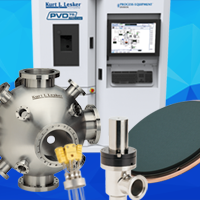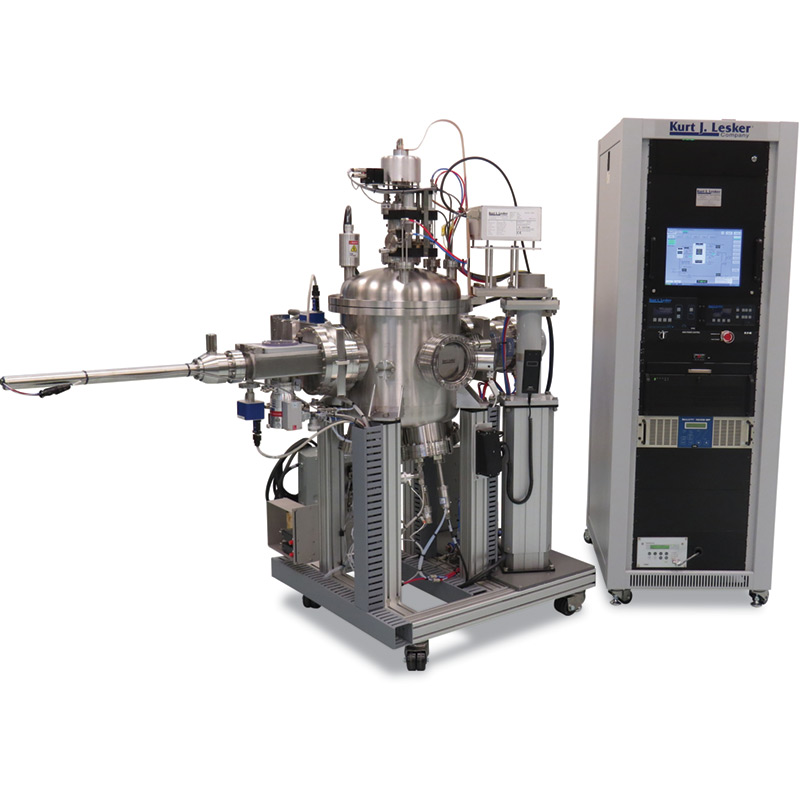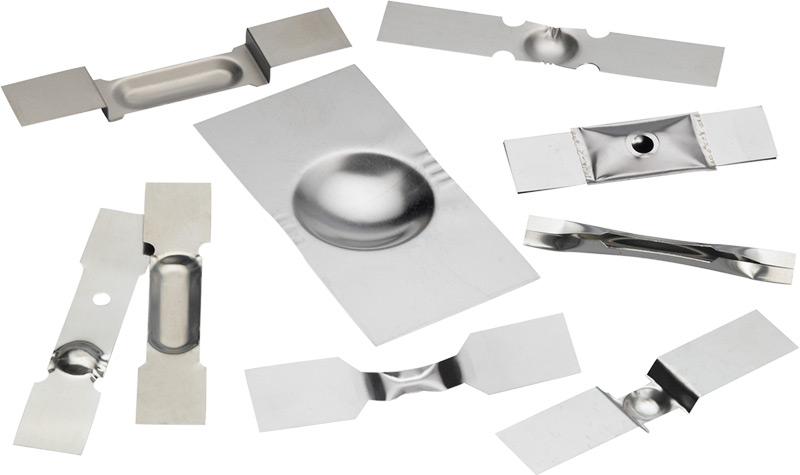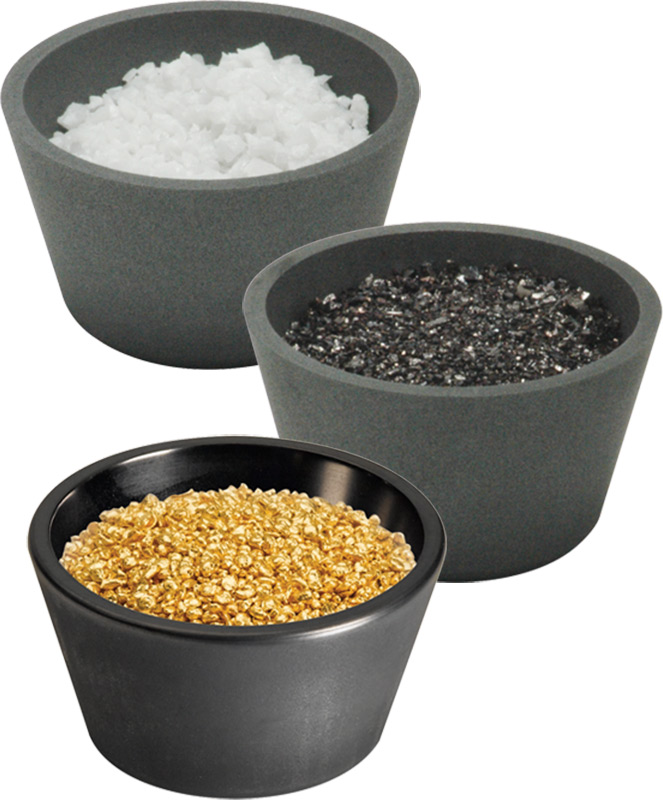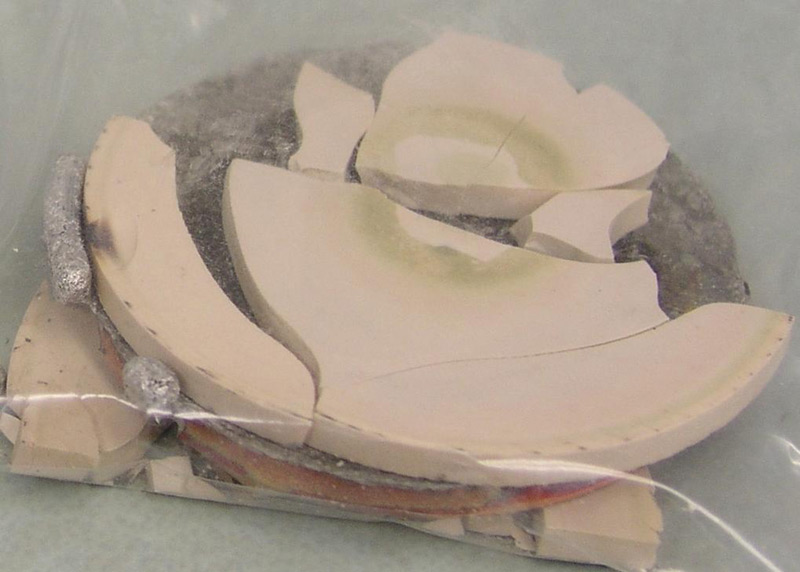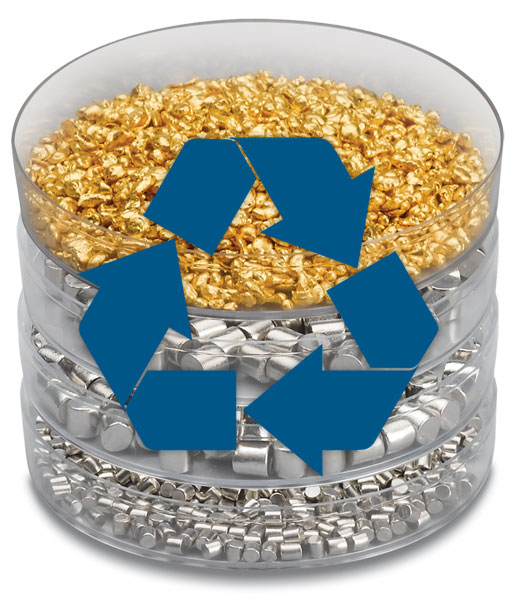November 17, 2020 | By KJLC Blog
KJLC recommends that a crucible liner be filled somewhere between 2/3 and 3/4 full when beginning deposition. The melt level should not go below 30% at any time or there becomes a risk of the beam striking the crucible, causing it to break.
Read More
Tags:
Vacuum Science
Deposition Materials
October 26, 2020 | By KJLC Innovate
The Kurt J. Lesker Company continues to support the researchers who are advancing the science and technology of spintronics around the world. Co2MnGa, a Heusler material, has been attractive to scientists as a novel magnetic conducting material on which spintronic structures like magnetic tunnel junctions can be built. Recent work, published in Applied Physics Letter titled "Perpendicular magnetic anisotropy in Co2MnGa and its anomalous Hall Effect" by Dr. Ludbrook, Dr. Ruck and Dr. Granville from Victoria University of Wellington, New Zealand, has identified characteristics of thin film Co2MnGa that are necessary for realizing magnetic tunnel junctions.
Read More
Tags:
INNOVATE
Systems
Vacuum Science
Deposition Techniques
October 12, 2020 | By KJLC Blog
Selecting the correct thermal evaporation source can sometimes prove difficult. There are several factors that will need to be considered when doing so.
Read More
Tags:
Vacuum Science
Deposition Materials
October 01, 2020 | By KJLC Innovate

Dr. Zhigang Xiao, Professor of Electrical Engineering at Alabama A&M University, in collaboration with the ALD group in the Kurt J. Lesker Company recently developed the plasma-enhanced atomic layer deposition process and grow high dielectric constant (K) oxide for the application of electronic materials. They grew nanoscale hafnium dioxide (HfO2) and zirconium dioxide (ZrO2) thin films using remote plasma-enhanced atomic layer deposition (PE-ALD) and fabricated complementary metal-oxide semiconductor (CMOS) integrated circuits using the HfO2 and ZrO2 thin films as the gate oxide. Miniaturization in modern semiconductor industry requires thin film deposition to have atomic level control and the deposited film to be conformal and pinhole-free. As MOSFETs are scaled down to nanometer sizes, the tunneling currents through the gate dielectrics (the gate leakage current) has become a major concern in today’s fabrication of integrated circuits (ICs). High-K dielectric metal oxide could be a solution to the problem of the gate leakage current. The plasma-enhanced atomic layer deposition of HfO2 and ZrO2 thin films meets the requirement and can produce conformal and ultra-thin films with precise thickness control at the atomic layer level. The experimental results measured from the HfO2 and ZrO2 thin films were compared.
Read More
Tags:
INNOVATE
Systems
Vacuum Science
Deposition Techniques
August 26, 2020 | By KJLC Blog
Selecting the correct crucible liner for your e-gun can sometimes be challenging. Here are some things to consider...
Read More
Tags:
Vacuum Science
Deposition Materials
August 25, 2020 | By KJLC Blog
There are many reasons that sputtering targets fail. Some are material specific, while others can be avoided or prolonged by reviewing a few things before sputtering begins.
Read More
Tags:
Vacuum Science
Deposition Materials
July 28, 2020 | By KJLC Blog
A common question from our materials customers is how they can reduce the cost of depositing precious metals. Our Materials Product Manager, Katie McGough recommends some of the ways you can avoid overspending unnecessarily on precious metals such as through using a reclaim service or using thinner targets.
Read More
Tags:
Vacuum Science
Deposition Materials
July 08, 2020 | By KJLC Blog

After an extended shut-down it may be time to re-start your Kurt Lesker built thin film deposition system. A detailed re-start procedure for systems equipped with our eKLipse control software can be found below. This procedure provides a detailed description of the steps required to safely return our deposition systems to full operation.
Read More
Tags:
Systems
Vacuum Science
June 16, 2020 | By KJLC Blog
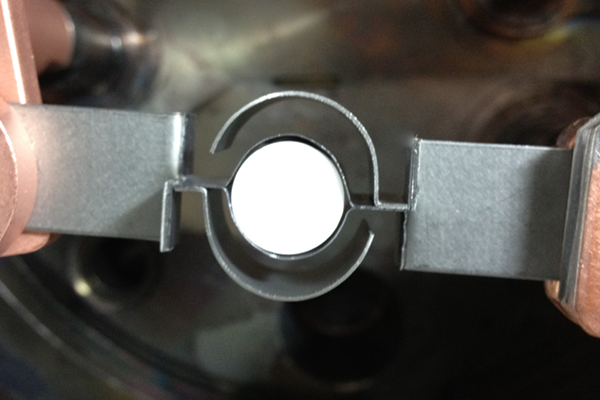
By far one of the most common questions that we receive from various users is how to thermally evaporate Aluminum. Aluminum is very commonly evaporated for various applications and can be somewhat problematic. Through some internal experience and through with working with various customers, we recommend two ways to approach thermal evaporation of aluminum.
Read More
Tags:
Vacuum Science
Deposition Materials
Deposition Techniques
June 01, 2020 | By KJLC Innovate
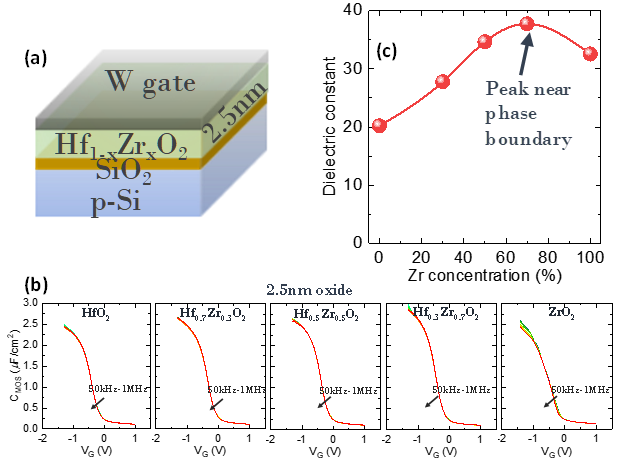
Dr. Kai Ni from the research group of Professor Suman Datta, Stinson Professor of Nanotechnology at the University of Notre Dame, in collaboration with Purdue University and Kurt J. Lesker Company recently developed conformal atomic layer deposition (ALD) based hafnium zirconium oxide thin film processes displaying excellent electrical properties for potential gate oxide complement or replacement in scaled logic and memory technology nodes. The findings were recently published and showcased in the IEEE International Electron Devices Meeting (IEDM) 2019 in San Francisco, CA [ref. 1]. In particular, hafnium zirconium oxide (HfxZr1-xO2, or HZO) has emerged as a ferroelectric (large charge density per unit area) material system that also displays a tunable permittivity or dielectric constant (charge response) depending on the concentration of Zr added to the base HfO2 oxide. The reported films indicate that by sweeping the concentration of Zr in HfO2 during the ALD growth, a substantial boost in the dielectric constant can be observed around 70% Zr concentration due to the presence of a crystallographic phase transition of the underlying HZO material structure, which results in enhanced electrical performance even in ultrathin films 25Å thick [ref. 2]. These findings elucidate the necessity and importance of extremely stringent deposition process control along with corresponding electrical and structural characterization for the understanding of new materials systems for their further implementation in commercial applications such as high-performance digital and analog CMOS technology at advanced nodes.
Read More
Tags:
INNOVATE
Systems
Vacuum Science
Deposition Techniques
Previous Entries

